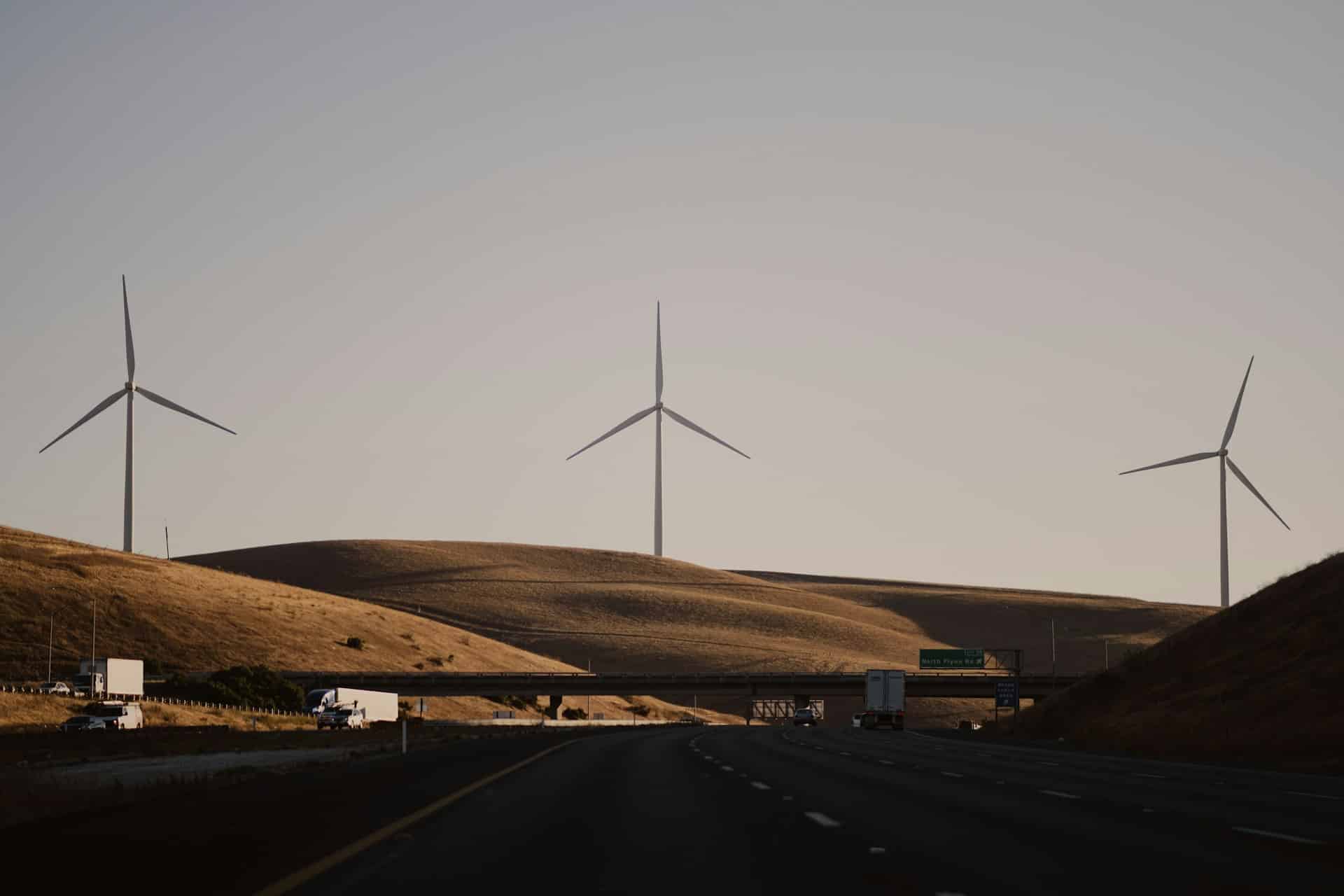Are you considering generating your own renewable energy by installing a wind turbine on your property? The drive towards sustainable power and the potential cost savings can make wind turbines an appealing option. However, navigating the planning and permissions process can be daunting. This guide will help to clarify the requirements in the United Kingdom for installing a wind turbine on private land in 2023.
Understanding Wind Turbines
Before we delve into the logistics of gaining permission and planning for your wind turbine project, it’s crucial to understand what a wind turbine is and how it works. A wind turbine converts the kinetic energy from the wind into mechanical energy. This mechanical energy can then be converted into electricity.
A voir aussi : How to apply for the UK emergency medical training subsidy for rural clinics in 2023?
Wind turbines can be broadly classified into two categories: horizontal-axis and vertical-axis. The former is the most common type and closely resembles the classic windmill structure. It has three blades that spin around a rotor. The latter has blades that rotate around a vertical rotor. Each type has its advantages and disadvantages.
It’s also important to consider the size of the turbine you’re planning to install. A smaller wind turbine typically generates less than 100 kilowatts and is often used for residences, farms, or small businesses. A larger turbine, on the other hand, can generate several megawatts of electricity and is typically used for wind farms or commercial electricity generation.
Sujet a lire : What are the new UK government restrictions on pesticide use near water sources in 2023?
Planning Permission for Wind Turbines
When it comes to installing a wind turbine, the first hurdle you will encounter is obtaining planning permission. In general, you will need to apply for planning permission if the total height of the turbine (including the blades when they’re at their highest point) exceeds 10 meters.
However, there are exceptions to this rule. For instance, if the turbine is being installed on designated land (such as a national park or an area of outstanding natural beauty), planning permission will be required regardless of the turbine’s size. Also, the turbine must be sited so as not to have an undue impact on the local environment or the amenities of neighbouring properties. Other factors, such as noise and shadow flicker, are also taken into account.
The local planning authority (LPA) is responsible for granting planning permissions. When considering your application, they will take into account a variety of factors. These include the visual impact of the turbine, its effect on the landscape, and its potential impact on wildlife.
The Development of Wind Turbine Sites
Beyond gaining permission, developing the site for your wind turbine is another essential step. This involves choosing the location and deciding on the design of the structure.
The location of the turbine can greatly impact its efficiency. Ideally, the turbine should be installed on a high-up site with a steady wind flow. This could be a hillside or an open field. The location should also be free from obstructions such as buildings or trees that could interfere with the wind.
In terms of design, the turbine should be robust enough to withstand the harshest weather conditions. The type and size of the turbine will also play a role in the design process. Furthermore, consideration should be given to the installation process. This includes access to the site, the need for cranes or other heavy machinery, and the provision of a suitable electrical connection.
The Role of Local Energy Farms
Local energy farms can also play a significant role in wind turbine projects. An energy farm is a large-scale project involving multiple wind turbines. These installations can generate a significant amount of electricity, often enough to power entire communities.
Although similar in many ways to installing a single turbine, developing a wind farm involves additional complexities. For example, there are often more stringent planning requirements. There may also be greater local opposition to the project, making community engagement a crucial part of the process. To navigate these challenges, developers often work closely with local councils, environmental groups, and landowners.
Renewable Electricity Generation
Lastly, it’s worth noting the end goal of installing a wind turbine: renewable electricity generation. Wind energy is a clean, sustainable resource. It doesn’t produce harmful emissions, and there’s no risk of oil spills or other environmental disasters associated with fossil fuels. The UK has some of the best wind resources in the world, making it an ideal location for wind turbines.
However, wind is also an intermittent resource. This means that the amount of electricity a wind turbine can generate varies depending on the wind conditions. To counteract this, some wind turbines are paired with energy storage systems, which can store excess power for use when the wind isn’t blowing.
In conclusion, setting up a wind turbine involves a complex process of planning, gaining permissions, and developing the site. Each step requires careful consideration and a willingness to work within the local regulatory framework. However, the rewards – both financial and environmental – can make it a worthwhile endeavour for those willing to take on the challenge.
Navigating the Permitted Development Rights
In the UK, a wind turbine installation is not always considered a permitted development right, where you can proceed without the need for full planning permission. Permitted development rights differ based on whether the installation is on domestic or non-domestic land, and they also vary across different parts of the UK.
For instance, in England, in specific scenarios, you may install a wind turbine without obtaining planning permission. However, this is contingent on several factors such as the turbine’s height, proximity to neighbouring properties, designated lands, and the property boundary.
In Scotland, Wales, and Northern Ireland, the rules can be different. Domestic wind turbine installations, for example, do not fall under permitted development rights in Scotland and Wales, meaning planning permission is required. In Northern Ireland, permitted development rights for wind turbines are currently under review.
It’s crucial to liaise with your local planning authority to understand the specific guidelines applicable to your area, as this can significantly impact your planning and development process. Consulting professionals in the area of renewable energy installations can also be beneficial to navigate this landscape.
Engaging the Local Community
Securing planning permission for a wind turbine is not just about satisfying the technical and legal requirements. It’s also about engaging the local community. Given the potential visual and noise impact of wind turbine installations, it’s crucial to take community sentiments into account when planning your project.
Public consultations are a common requirement for wind turbines, especially large-scale installations such as wind farms. This process allows local residents to voice their concerns or support for the project. It’s important to communicate openly about your plans, explaining the benefits of the project, such as local job creation, potential for local infrastructure improvement, and the contribution to the UK’s renewable energy targets.
In some cases, you might also need to consider compensations or benefits for the community, particularly if your project is large scale and has a significant impact on the local landscape. These could include financial contributions to community projects or agreements to minimize any disruption caused by the construction and running of the turbines.
Conclusion
Installing a wind turbine on private property in the UK in 2023 is a multi-faceted process. It requires careful planning, thorough understanding of planning permissions, dedicated site development, and significant community engagement.
While the journey may seem complex, remember that you’re contributing to a greener future by harnessing one of the most abundant renewable resources available – wind energy. With the right planning, professional advice, and community engagement, your project can become a valued part of the UK’s renewable energy landscape. Whether for domestic use or on a larger scale, embracing wind power is a step towards sustainability and energy independence.










